I experienced my first blood donation at the time of the Great Hanshin-Awaji Earthquake, and since then I have been donating blood once to three times a year.
In Hiroshima, there is a JRC blood donation room in the center of the city, but I have not been able to go there very often.
The other day, I heard that a blood donation bus was coming to a nearby community center, so I went there. It was a little while since my last visit, but I am glad that I was able to donate blood safely. (*^o^*)
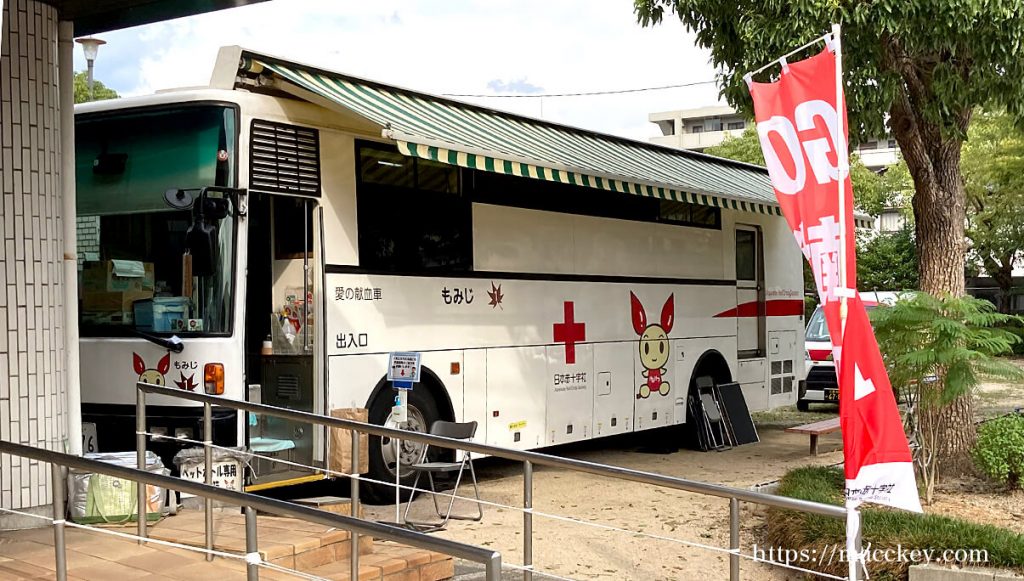
Even though the Japanese Red Cross is calling for blood donations in various ways and sending out buses, it seems that the number of blood donors is not increasing….
It may seem a little scary for those who have never experienced it before…
But of course, donating blood is not scary or dangerous. It is not very painful.
Even if it is difficult for you to go to a permanent blood donation center, the blood donation bus will come to your neighborhood, so it is very easy to go. I hope that many people will go to the blood donation bus. It is a good feeling to know that you have contributed to society in this way as well.
For those of you who have never donated blood before, this article will tell you how the blood donation bus ride goes.
The blood donation process on the blood donation bus consists of three major steps
The blood donation process can be divided into three main stages
- After applying, find out if it is possible to donate blood today [in a tent or conference room, etc.
- Actual blood donation on the bus [inside the bus].
- Take care when returning home and receive a souvenir [bus – tent or community center entrance/exit, etc.].
These are the three stages.
Please see the diagram below for the flow of these blood donations.
- *First-time blood donors will need a driver’s license, health insurance card, My Number card, or other form of identification for registration (although you may donate blood up to two times without one).
- ) Those donating blood for the second time or later must bring their blood donor card. (You can donate blood even if you forget to bring it, but the procedure will go more smoothly if you have it.)
Let us explain each of these steps in detail.
(1) Application and physical condition inspection (to see if the applicant meets the requirements for blood donation)
When you arrive at the venue, you will be asked to apply to donate blood and be examined to determine whether you are able to donate blood.
When the blood donation is held at a supermarket parking lot or open-air plaza, a tent is set up near where the bus is parked and the blood donation takes place inside the tent.
The photos in this article are from a previous event held at the community center.
1. Personal Information Registration
First-time donors must first write down their name, address, and other personal information and submit it along with proof of identity.
A “blood donation card” will then be created. (If this is your second or subsequent donation, you can skip this step by bringing your blood donation card.)
Fingerprint authentication was added a few years ago. The middle finger of the right hand is inserted into a black box-like object to register the fingerprint. Once registered, your personal information will be verified by fingerprint authentication at the blood donation site from now on.
You will then wear a wristband with your number on it and receive a white plastic card for yourself.
At this time, each person will also receive a bottle of 500 ml tea or sports drink. You are encouraged to drink this drink while waiting and donating blood, as you should drink plenty of fluids before and after donating blood. (You may also drink it while your blood is being drawn.)
2. Answer the medical questionnaire (via touch screen)
After this, you will need to answer a number of questions, such as whether you are taking any medications, whether you have dental work, your history of travel to certain foreign countries, etc.
In the past, the medical questionnaire was written on a B4-size sheet and filled in with a pencil. Now, however, the form is filled out on a touch panel. (It has been a long time since the change was made in Hiroshima, so I think the touch panel is now used nationwide.)
Touch panel at blood donation, like this.
The white card you receive is used in this touch panel. When the card is inserted (or placed) in the designated place, a screen appears to confirm personal information, and then various items are displayed, which are answered with a “yes” or “no” answer.
Some people may find it a little difficult to answer these questions because it is a machine, but you will see “Yes,” “No,” “Next,” and so on on the screen.
If you are still unsure, just ask the person in charge.
I used to use a stylus, but since some time ago, I started using my finger to operate the machine, which makes it even easier.
When I think back to the days when I used to write with a pencil, I think this is easier and faster. There are quite a lot of items, but they are important, so please be truthful in your declaration here.
3. Doctor’s interview and blood pressure measurement
The doctor checks the contents of the medical questionnaire and, if necessary, asks further questions. Then, blood pressure is measured. If there are no problems, the next step is performed.
4.Checking Blood Concentration
The nurse will take a small amount of blood and check the hemoglobin concentration of the blood. If the concentration does not reach the prescribed level, unfortunately, it means that it cannot be done today.
If the concentration is solid and there are no problems with age or other conditions, then it is a regular 400 ml blood donation. Depending on the conditions, you may be asked to donate 200 ml. If the concentration is not high enough, the donor may be refused, saying, “I’m sorry, but I can’t do it today.
It is a real shame to be turned down when you have come to the venue with the intention of contributing to society. Anyway, we want to make sure that we eat and sleep well, check the conditions under which we cannot donate blood, and make sure that we are not unable to donate blood.
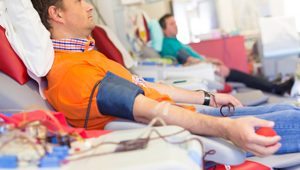
If there are no problems so far, you can get on the bus and finally donate blood.
(2) Entering the bus, explanation and blood donation
There are four larger seats in the bus to lie down on. When there are many people, you will have to wait and take your turn. When your turn comes and you lie down on the seat you are told, the nurse will disinfect your arm and give you a needle.
The needle is thicker than a regular needle, so it hurts a little when she sticks it in, but it is not a startling pain. I think it is much less painful than before. Also, if you wait a little longer, the pain will go away.
In the unlikely event that you experience numbness or continued soreness after the needle insertion, please inform the nurse and ask for her judgment.
In the past, we used to hold a soft device in the palm of our hand and lightly grip and loosen it so that the blood would flow out more smoothly. Since the machine is a pump, it will slowly take the blood by itself (^-^).
At this time, you may be advised to cross your toes and squeeze a little harder, or to move your toes up and down using your ankles as fulcrums. Please look through the instructions with pictures.
There is also a sheet with instructions for after donating blood, which you should also read over.
After about 10 minutes, the 400 ml blood donation is complete. It is rare that some people get sick while donating blood, but I have never felt sick.
3) Break, explanation and souvenirs
When you are finished, the nurse will tell you that you have finished donating blood. There is a possibility of bleeding from the needle insertion site, so there will be an explanation about how to handle that.
You will get off the seat and move to a seat near the entrance for a short rest. During that time, you will be asked about the instructions for leaving, and if you are not already a newsletter member or blood donation point member, they will explain that to you as well.
Then you will get your blood donation card or blood donation point card and leave the bus (blood donation points are no longer available in Hiroshima. I wonder how it is in other areas…).
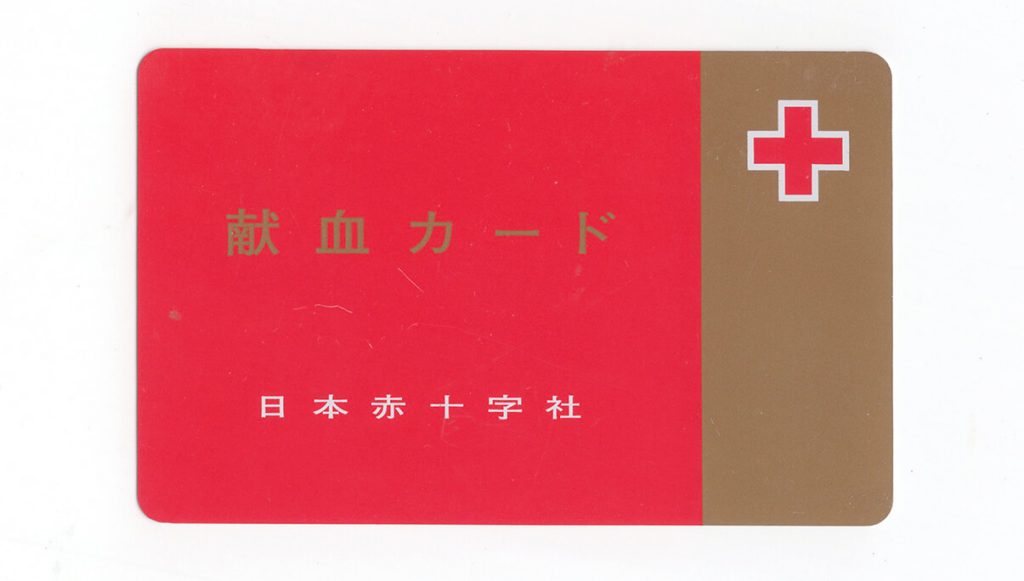
You can get souvenirs in the room or tent where you were first checked, etc. We will take them and return home. (^-^)
As was explained on the bus, please be careful when returning home. Below is a summary of the main points of caution.
Cautions when returning home and afterwards
- In rare cases, some people feel dizzy or lightheaded while returning home. This is due to temporary anemia or low blood pressure, but if this happens, you should immediately crouch down or lie down if you can.
- Avoid heavy lifting, drinking or bathing for a few hours after returning home. Since the needle was thicker than a normal injection, you must avoid opening it again to bleed or allow bacteria to enter.
- Use the bathroom as much as possible for a few hours to avoid changes in blood pressure by using a western style toilet.

At the end.
I have written about my experience with the blood donation process on the blood donation bus.
I think that the blood donation bus, which comes to your neighborhood, especially on Sundays, is a low hurdle to go.
I know that those who have not yet donated blood may have some apprehension, but if you have no problems with your physical condition, age, weight, etc., I too would like to encourage you to cooperate.
You never know when you may need a blood transfusion….
Although the town is inevitably crowded, there is a blood donation room of the Japanese Red Cross Society, which accepts blood donations at any time. The blood donation rooms also hold various events and study sessions, which can be fun and educational.
The blood donation bus is convenient, but if there is a blood donation room at your place of work or where you often go shopping, please visit one.
See also this related article.

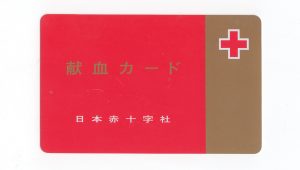
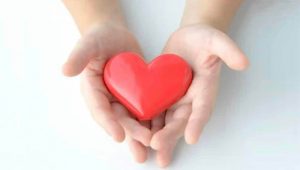

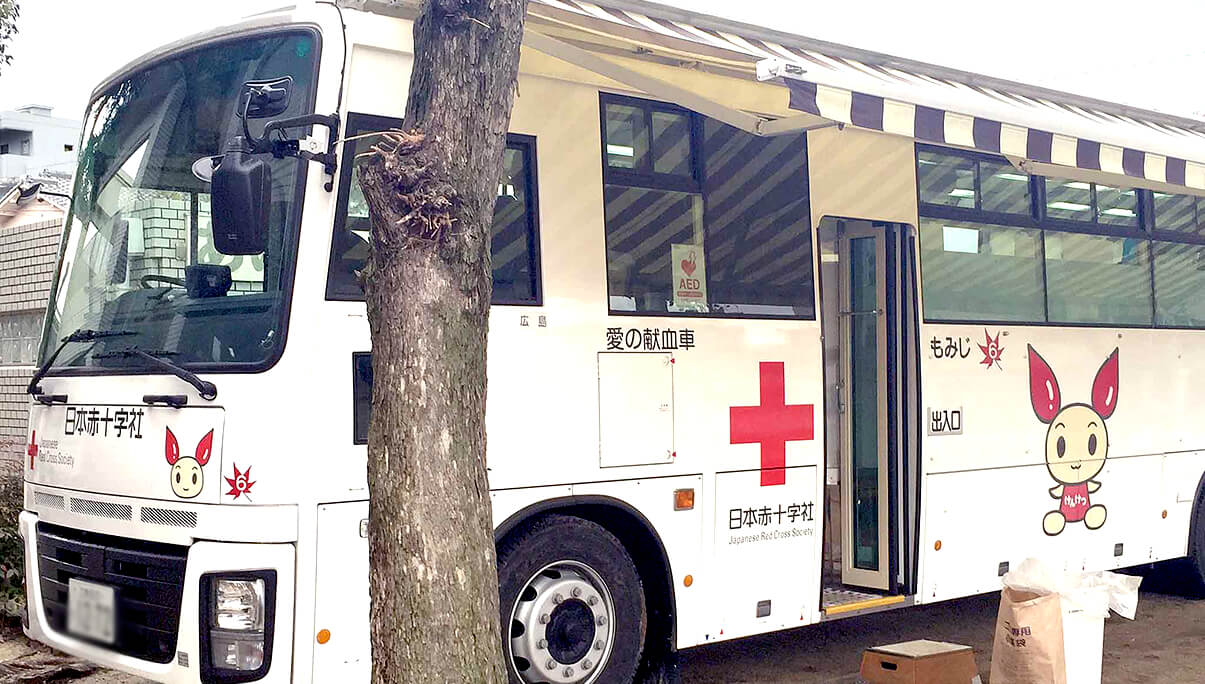
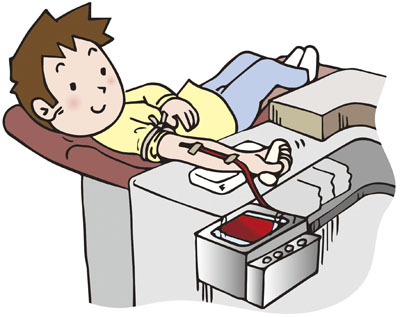
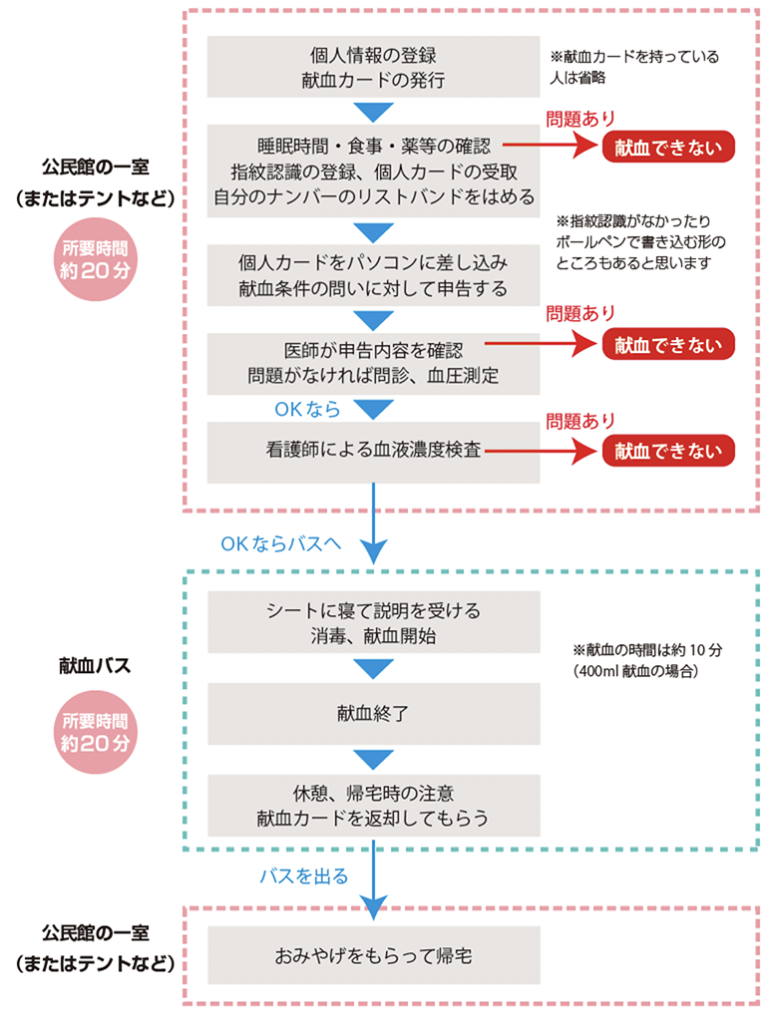
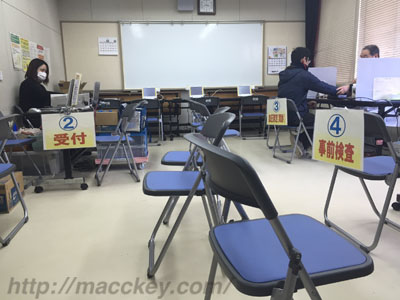
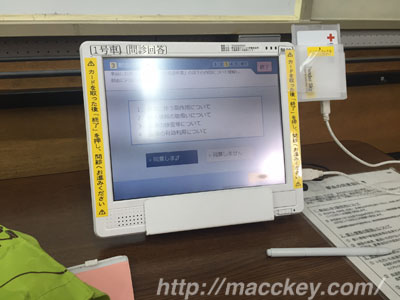
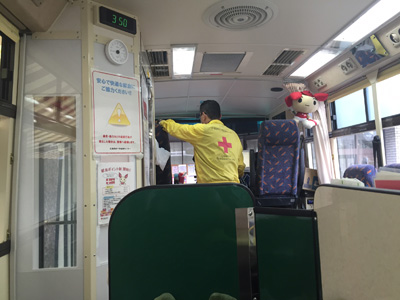
Comments
List of comments (2)
昨日、社会貢献で何かできることがないか考えて献血を思いついたので行ってきました。体重はクリアしたのですが、血管が細いとのことで献血ができませんでした。とても残念です。。。
本田様
管理人のマッキーと申します。
当ブログへのご訪問、またコメントをいただき、ありがとうございます。
献血は本当に最も身近な社会貢献の一つで、
本田様もその思いで会場に行かれたこと、とても尊いと思います。
血管が細くて無理だったとのことで、大変残念ですが、それは仕方がありません。
コメントから伝わるお気持ちが嬉しく、拝見して私も心が温かくなりました。
社会貢献はいろんな形があります。
ぜひこれからもそのお気持ちでいろんなことに関わってくださいね。
私も献血は引き続きやっていきたいと思います。(^_^)